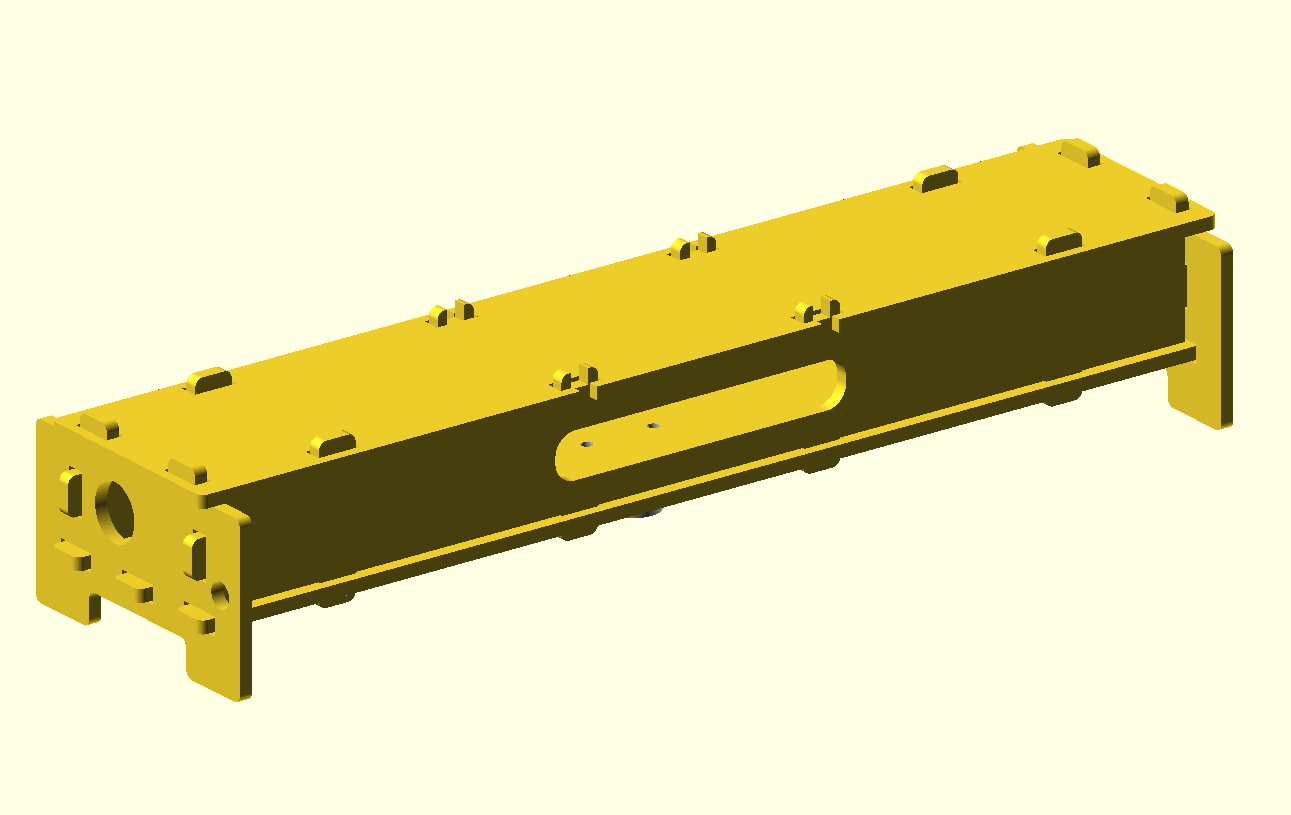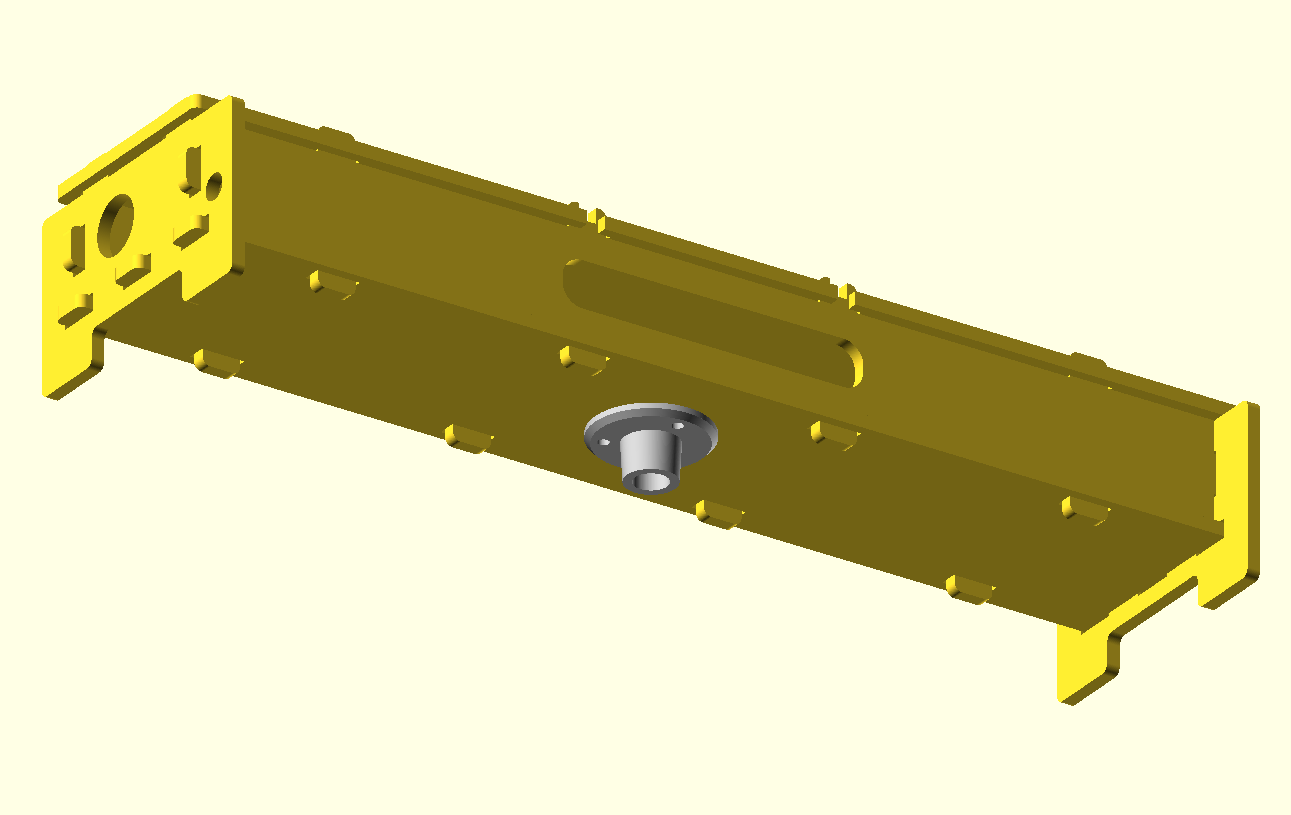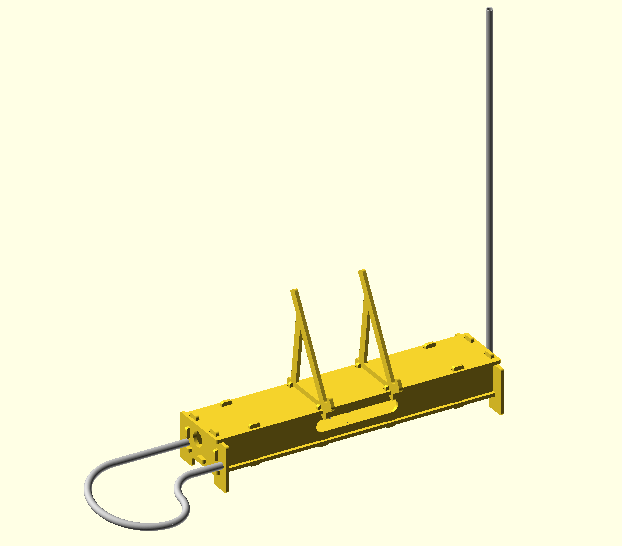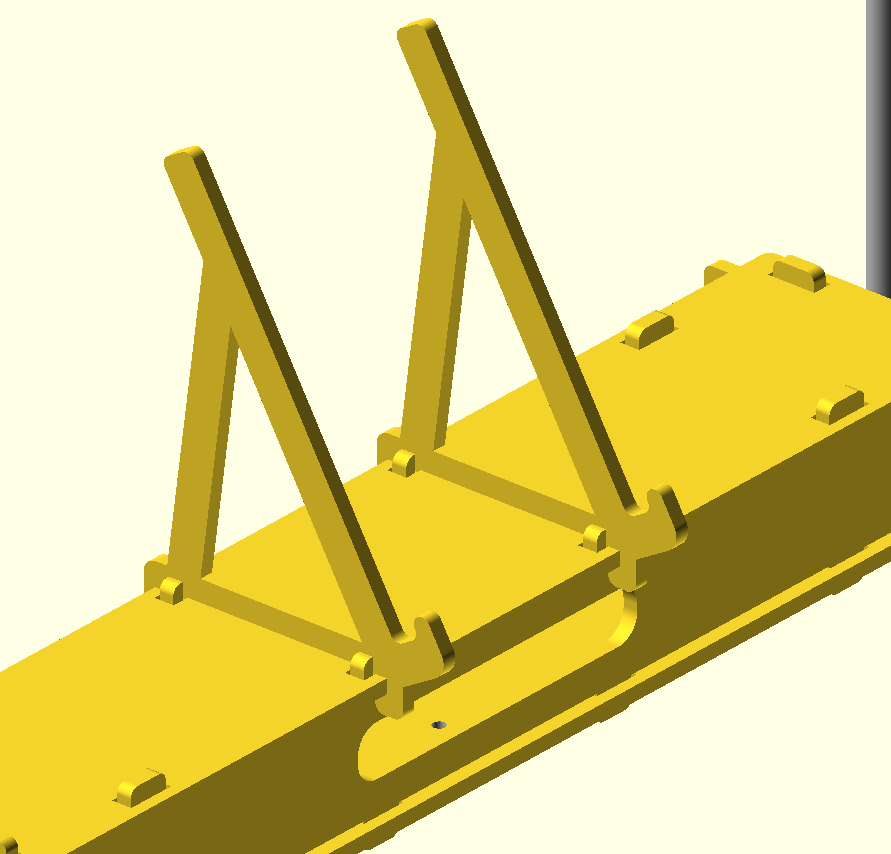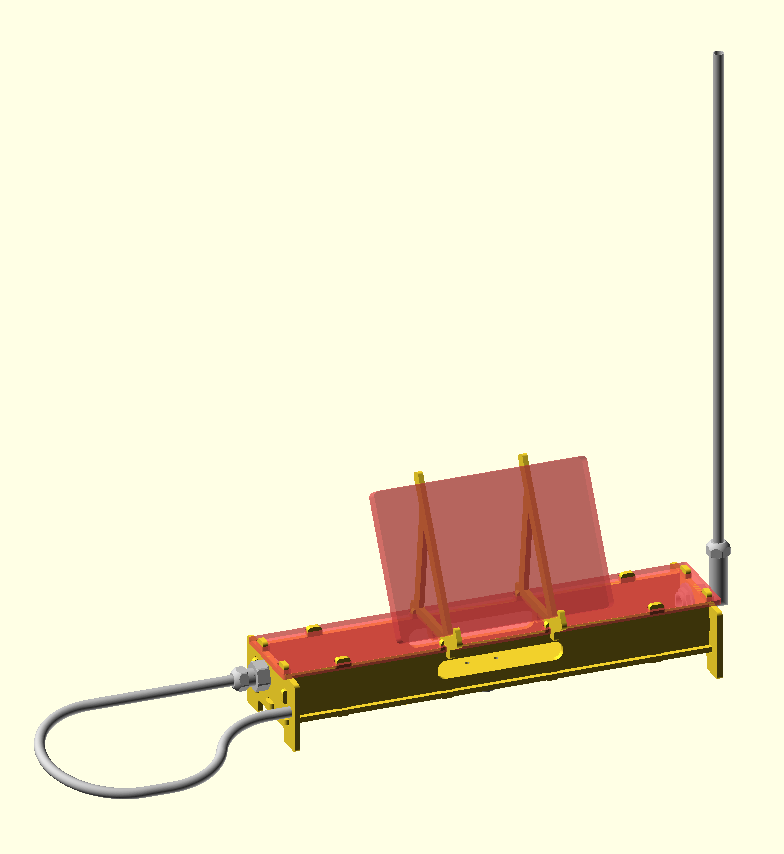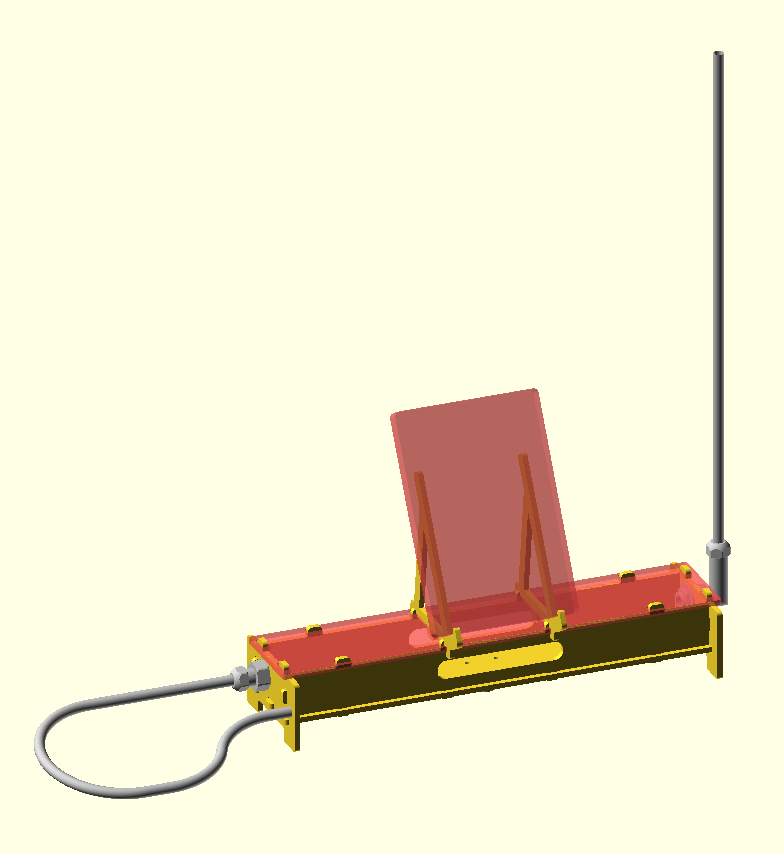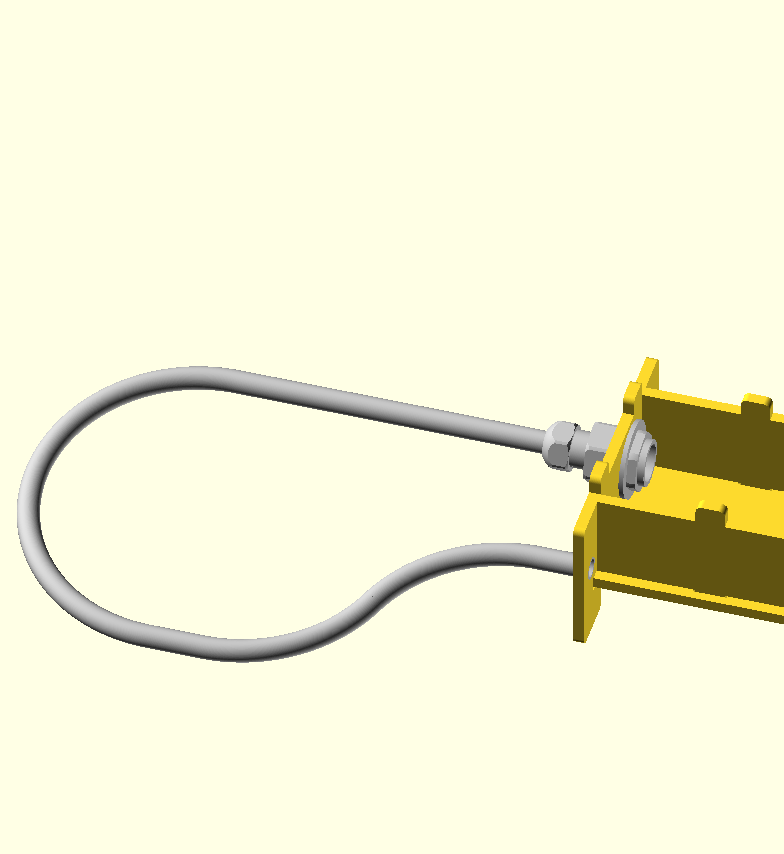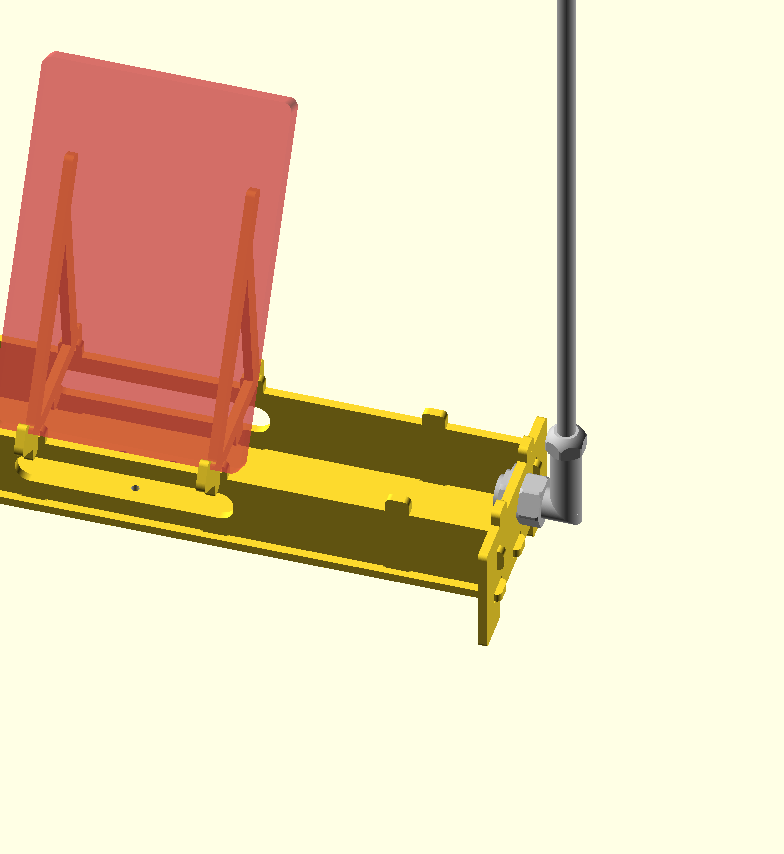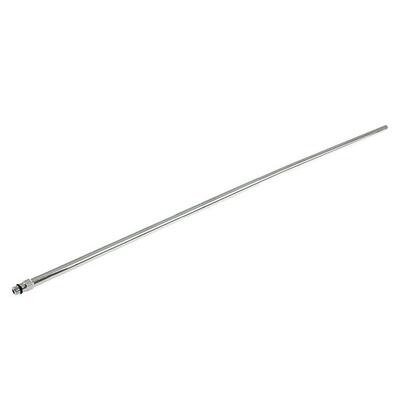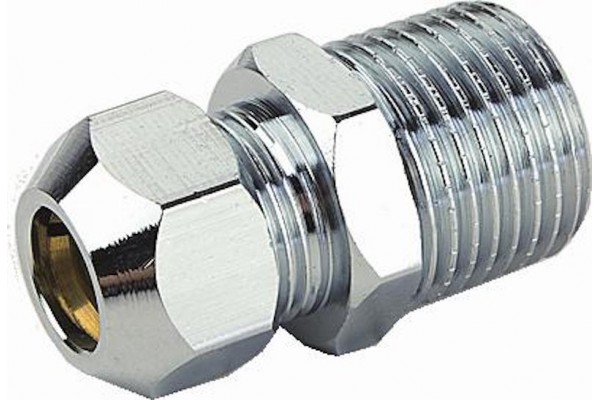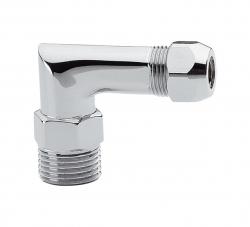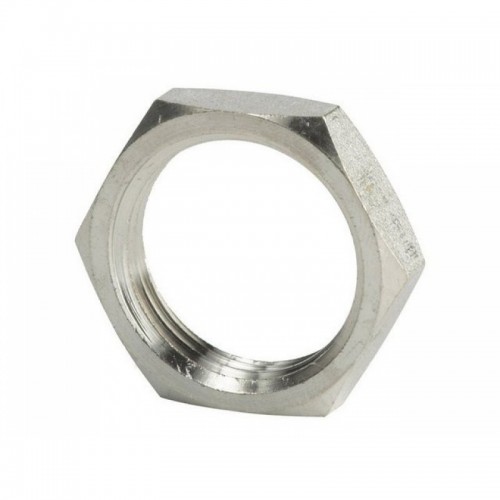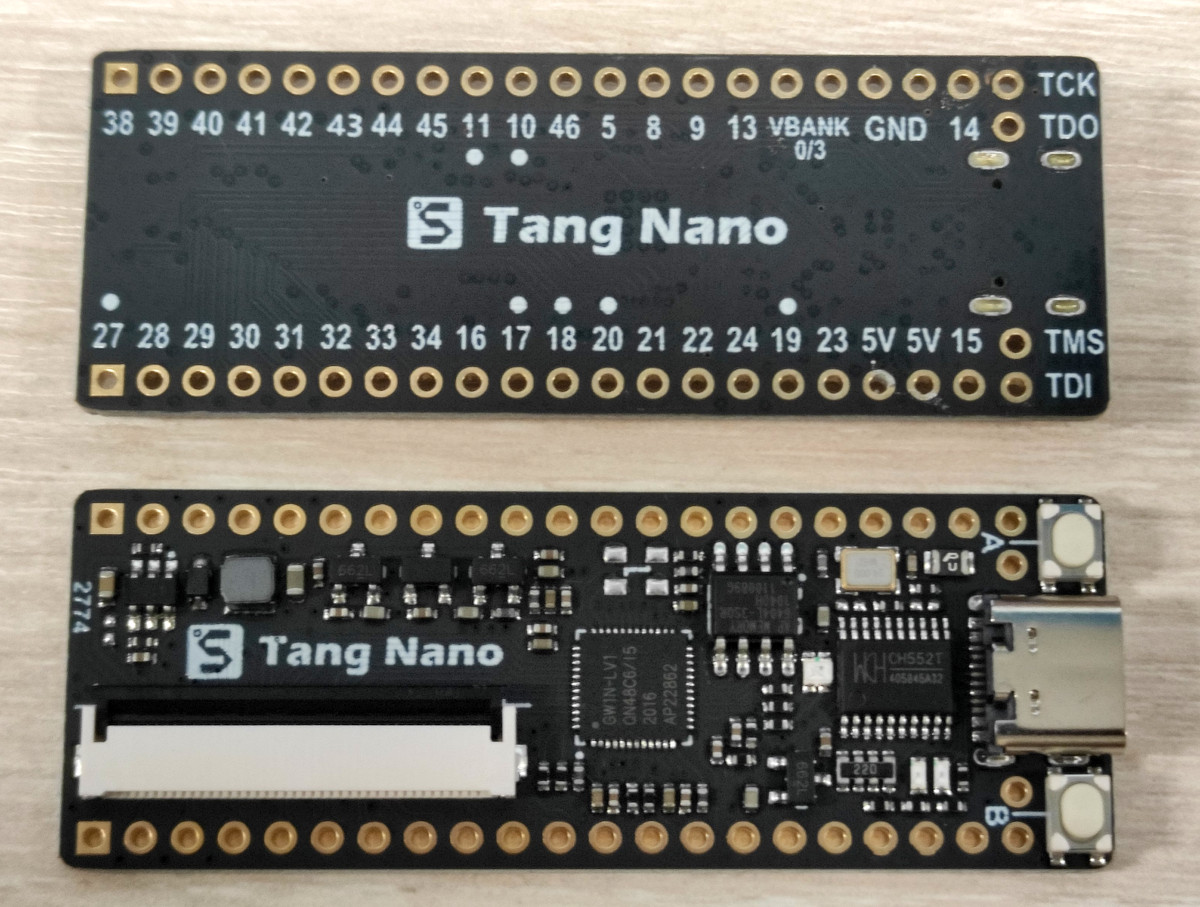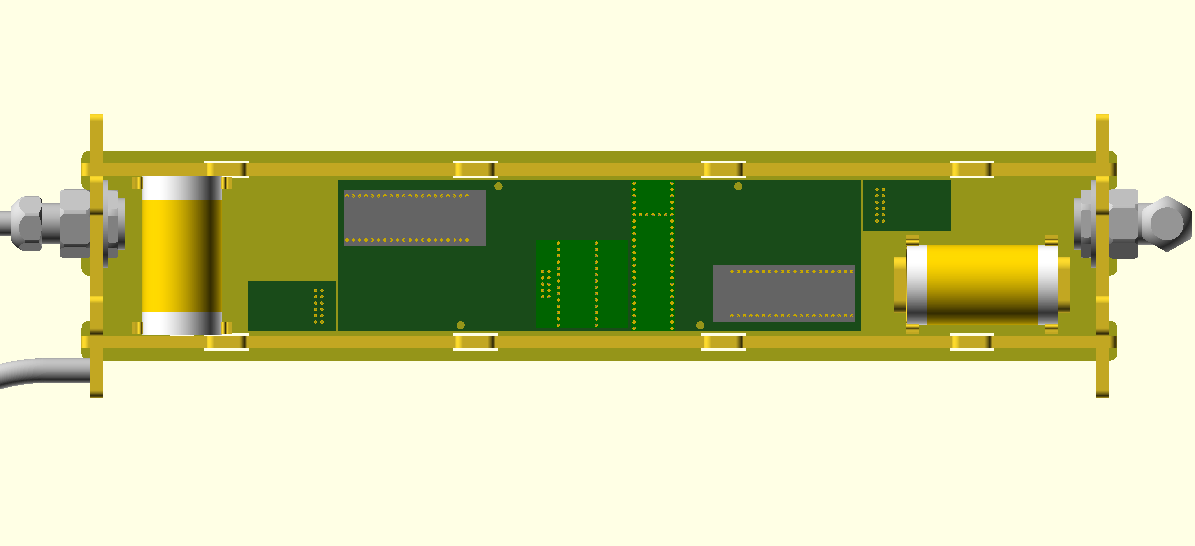"Not sure if I understood what do you mean... Connecting of theremin as a sensor to PC, and performing audio synthesis on it?" - Buggins
Popular commercial computing platforms tend to change rather constantly and quickly in terms of OS, software, hardware, and electrical interfaces. (Even "universal" USB keeps morphing around - they need to make a simple moderate speed interface and just leave it be for a decade; stop trying to connect hard drives and video to it.) Anyway, maybe it's somewhat different now, but my point is that lashing any product or project to that sort of thing can quickly turn it into a paperweight. One of those tiger-by-the-tail things, where you're at the mercy of the whims of others (and OS folks have some pretty crazy whims). The performance / price is hard to ignore though, quad core tablets for almost nothing.
"Tablet might work here, but I'm not sure if we can achieve low latency audio."
I'd be super surprised if you couldn't do low latency audio on those.
"General purpose OS (linux, windows, macos) might be not enough realtime."
There are Linux kernels designed for low latency.
"I like idea of using small but powerful MCU as key part for audio synthesis."
I do too.
"It makes sense to have bare metal application or at least RTOS."
Bare metal gives you full control over everything, but there are advantages to an OS like full-blown file system support. The downside is long boot / init times which I think is unacceptable in a musical instrument.
"But recently, RPI Zero 2 became available. It has quad cores, which may be enough for realtime sound synthesis. So, instead of Teensy4+tablet, RPI Zero 2 + LCD touch screen may be used."
Are there shutdown / Flash corruption issues with RPI? Like if you just yank the power it might have trouble booting later?
"Why classic theremin uses far=loud approach? Probably, it was easy to implement in analog theremin."
I agree. Some say traditional volume sense (farther-louder) on your typical analog Theremin is the way it is because orchestra conductor’s hands move up to signal higher volume from the orchestra (or at least that’s the rational behind the movements they make in order to play it). But it’s my belief that traditional sense exists because it leverages the basic non-linearity of the near-field. It creates a natural knee that ramps up the volume quickly as the player moves their hand away, with more nuanced dynamic control above this. I think Theremin's design motives tend to get over-rationalized, it was probably just physics dictating the obvious and simplest (for the designer, not necessarily for the player) solution. Traditional volume sense has always felt completely alien to me, to the degree that "fixing" it was part of the motivation behind the D-Lev project.
"Regarding far distance muting post from D-lev thread - about what volume level should we consider as muted. I think, it makes sense to add non-linear distance-to-dB curve at far distances. Starting with distance=-48dB, decrease volume at higher rate"
You'll almost certainly have to implement some kind of explicit knee higher up (in dB) the volume field, and this will expand the low volume section downward (in dB). But you have a point, even with a knee, traditional volume sense can still present a problem because silence isn't well defined, whereas 0dB is, so locating 0dB near the antenna and reversing the field sense is the ideal situation IMO. But it's non-traditional, so it isn't THE solution.
[EDITED TO ADD] One way to handle expanding the very low end (< -48dB) to silence is to offset the exponential volume number to zero. I do this with many exponentially scaled knobs on the D-Lev and it works quite well. Linear (in an exponential sense) over most of the range, then curves down to zero. In the linear domain you can use a very simple high order polynomial here (subtract 16th power from repeated squaring) I use this for the pitch preview and noise level controls in the D-Lev (it mostly matches the offset exponential in response, but truly linearly).
"Thinking about cabinet design. Acrylic cabinet made with laser cut will look good enough."
Acrylic can be fragile, these things all hit the floor at some point. Maybe something more high-impact like ABS?
"Does someone try to use CAD for laser cut design? Trying to learn FreeCAD..."
FreeCAD was a dog when I tried it a while ago. OpenSCAD has issues too but once you learn it it's quite logical. If I can avoid actually drawing in a GUI I do.


